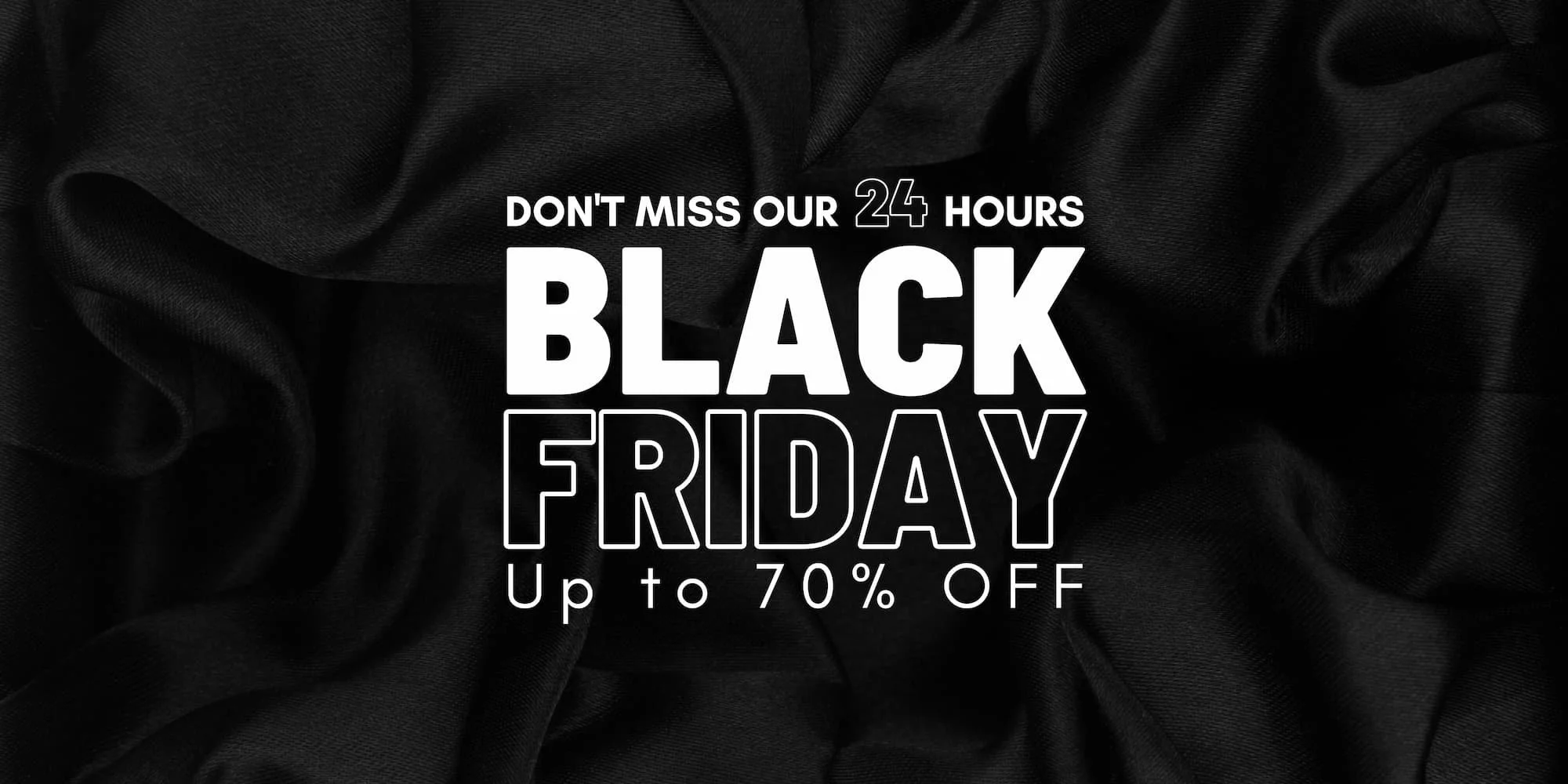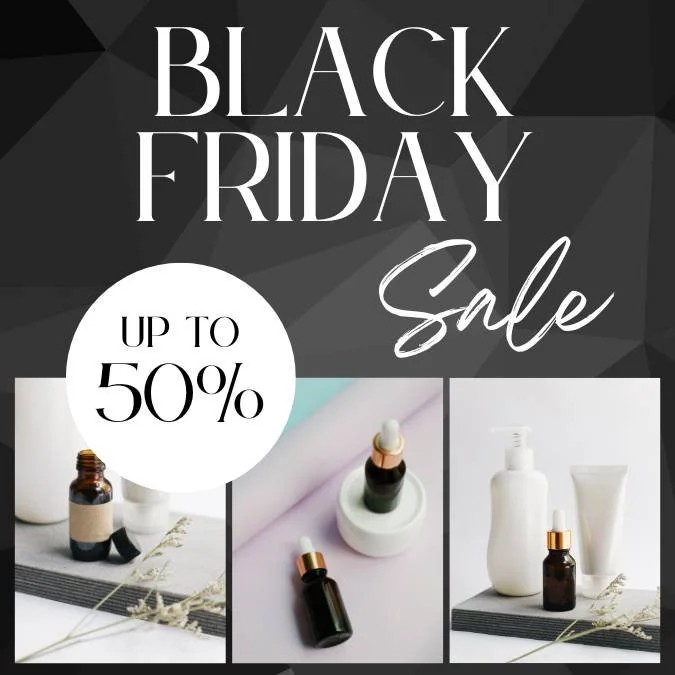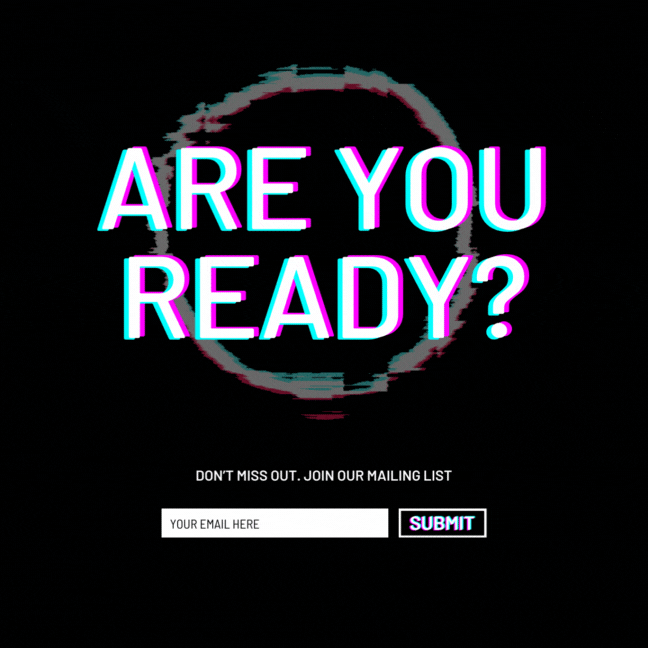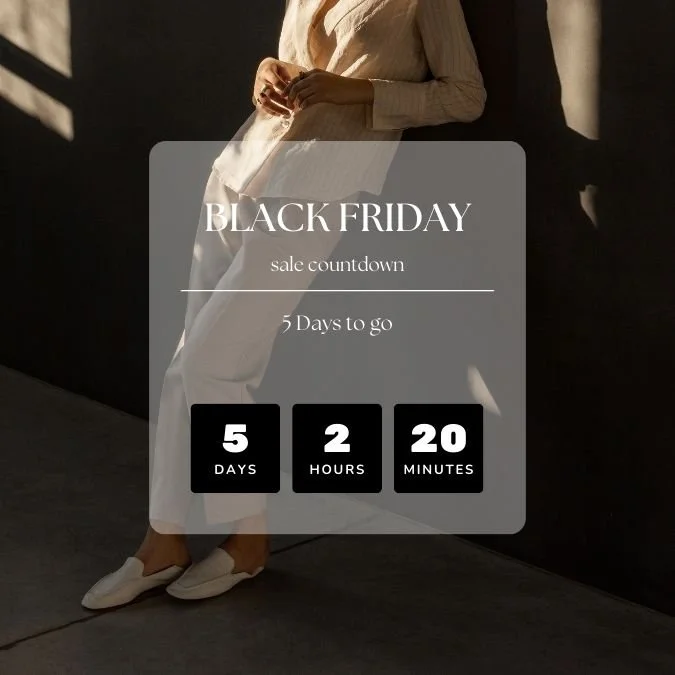6 Key Tips for Small Businesses Navigating Black Friday and Cyber Monday
Black Friday is notorious for big deals, big names, and even bigger headlines. From the infamous Asda riots for cut-price flat screen TVs, to the now week-long marketing frenzy powered by Amazon, Black Friday, and its eCommerce sister Cyber Monday, can feel quite overwhelming for small businesses.
Black Friday started life in the US as the day after Thanksgiving. In much the same way as the January Sales have evolved after Christmas to soothe a lull after a peak sales period - and get rid of leftover stock at a cut price - Black Friday is also a post-peak sale, with people buying gifts and spending hard on food and festive consumables in the run-up to the Thanksgiving holiday. It was very uniquely a US phenomenon until the mid-2000s, when Amazon introduced the sale to UK markets as a chance to get ahead on your Christmas shopping, but it was the scenes of shoppers ransacking Asda stores in 2013 that cemented the day in UK marketing calendars. And it’s not left our email inboxes since.
For small businesses watching this juggernaut, it would be so easy to leave Black Friday to the big boys and sit the event out, but the figures can’t be ignored; in 2022 UK spending over Black Friday weekend topped out at a staggering £9.42 billion, with £5.7 billion of that online. And whilst the majority of that can be attributed to the big High Street brands such as Boots, who recorded an 18% increase against regular online sales, or retailers selling electrical goods, such as John Lewis and Amazon, there’s still something to be gained for the smaller business in this bargain-hunting maelstrom.
Look at the stats
Black Friday and Cyber Monday in the UK are still in their relative infancy, but there is already a wealth of data on UX over this period from which to glean information. Look at popular keywords from the last two or three years, terms such as ‘Black Friday deals’ which saw a 9.3% increase in use in 2022, and incorporate these into your web copy, emails and social media posts. What are the peak shopping times? Last year it was between 10 and 11am, with a steep drop-off by mid-afternoon, meaning you may need to manage a peak of traffic around these times.
It's also interesting to look at the ways in which consumers were shopping the sales – whether online or in person. Ensure your retail outlets and eCommerce shop fronts are prepared for the predicted footfall.
Consider what you’re offering
Sale! Sale! Sale! As a small business, you’re never going to shout louder than your competitors, so think about what you’re offering and make it stand out in other ways. Are you selling products, or experiences? Are you just trying to clear shelves, or improve brand visibility? Are you targeting impulse sales, or capturing consumers that were waiting for today to purchase? Think about what adds value to a purchase and go deeper than a hugely reduced price-point. Perhaps offer free returns, or a follow-up voucher for add-on consumables, or free shipping.
Preparation is key
A lot of the Black Friday scrimmage feels very impulsive and irrational, but actually the majority of Black Friday shoppers have a pre-game and defined plan of action. So introduce yourself to the people lurking on your sites and get a relationship going in the weeks leading up to the big day. A simple pop-up inviting them to join a Black Friday early bird email list, perhaps incentivised with an exclusive extra discount code, will give you a great in for gathering consumer data, and also help you predict sales figures and potential products of greater interest.
It’s what you say, not how loud you say it
Black Friday emails are a subject line shouting match, and it’s easy to get lost in the volume. So what you say needs to stand out and grab attention. It seems obvious to have a very specific call to action in your header, but why not shake it up a bit and try something unconventional or funny that is going to catch the eye and encourage clickthrough. Your email content can get to the details, but the subject line is what will get you noticed. This same logic applies to your banner adverts. Don’t be tempted to go black – everyone else will be doing that! Have your message bright and bold to get yourself noticed. When they zig, you zag!
Get your advertising prepped well ahead of time
It’s never too soon to be thinking about your advertising prep. Black Friday is only five weeks away, so you should be starting your preparations now ready to roll out in the finished campaign about ten days to two weeks before the day. Write a checklist of everything you need and get in contact now with any professionals you may need to lean on for certain assets. An automatic banner advert generator is a great shout for creating a number of different sizes and formats at the click of a button.
Audit your product pages and create discounted bundles
You’ve done your research, planned your campaign, drafted your emails and social posts, and even got your advertising ready for display – but is your website ready? Many brands change their home pages or create a new landing page for Black Friday to streamline the UX and get hungry consumers straight to the sale products they want. Signpost well and make the journey from email clickthrough to checkout as easy as possible. You could even create exclusive Black Friday product bundles that group together common products or hero products and accessories to make the buying process easier. But don’t clear too much out of the way, there is always space for a suggestions bar where complementary products can be included for that last minute impulse click before checkout.







